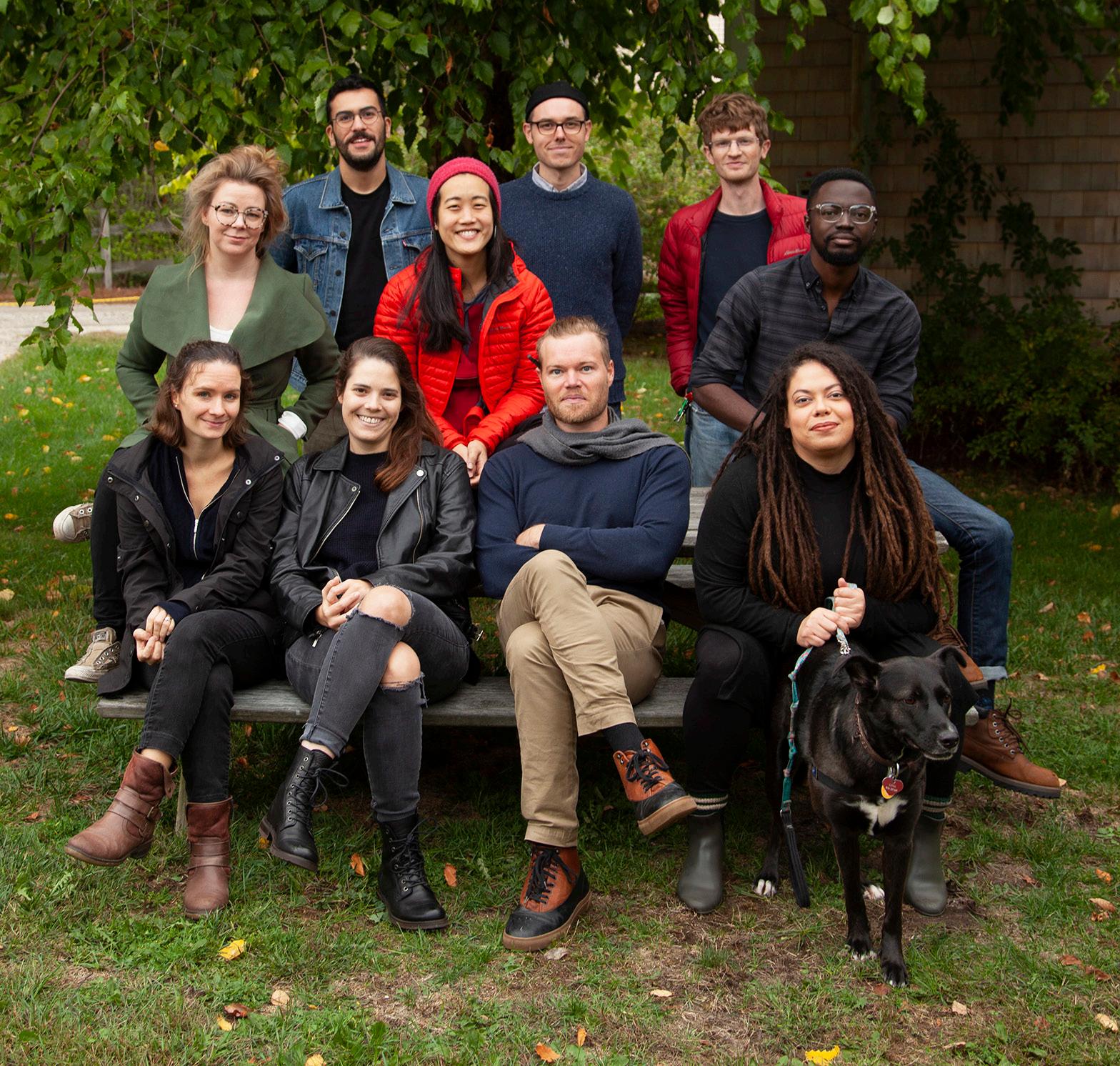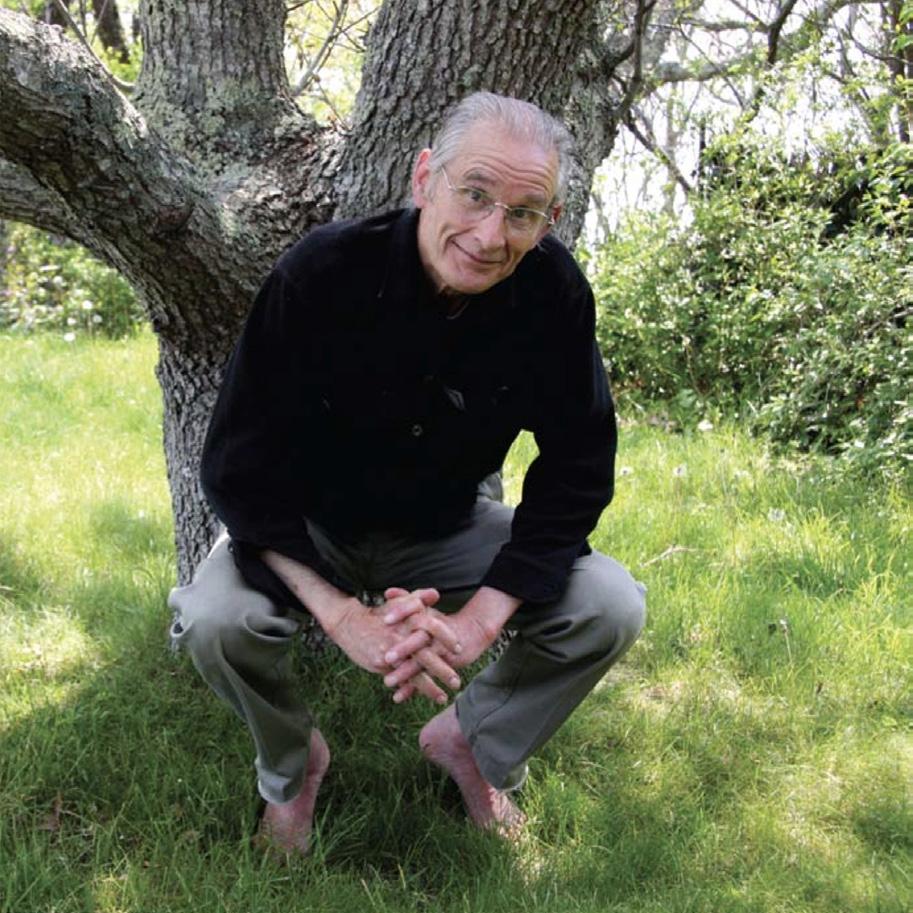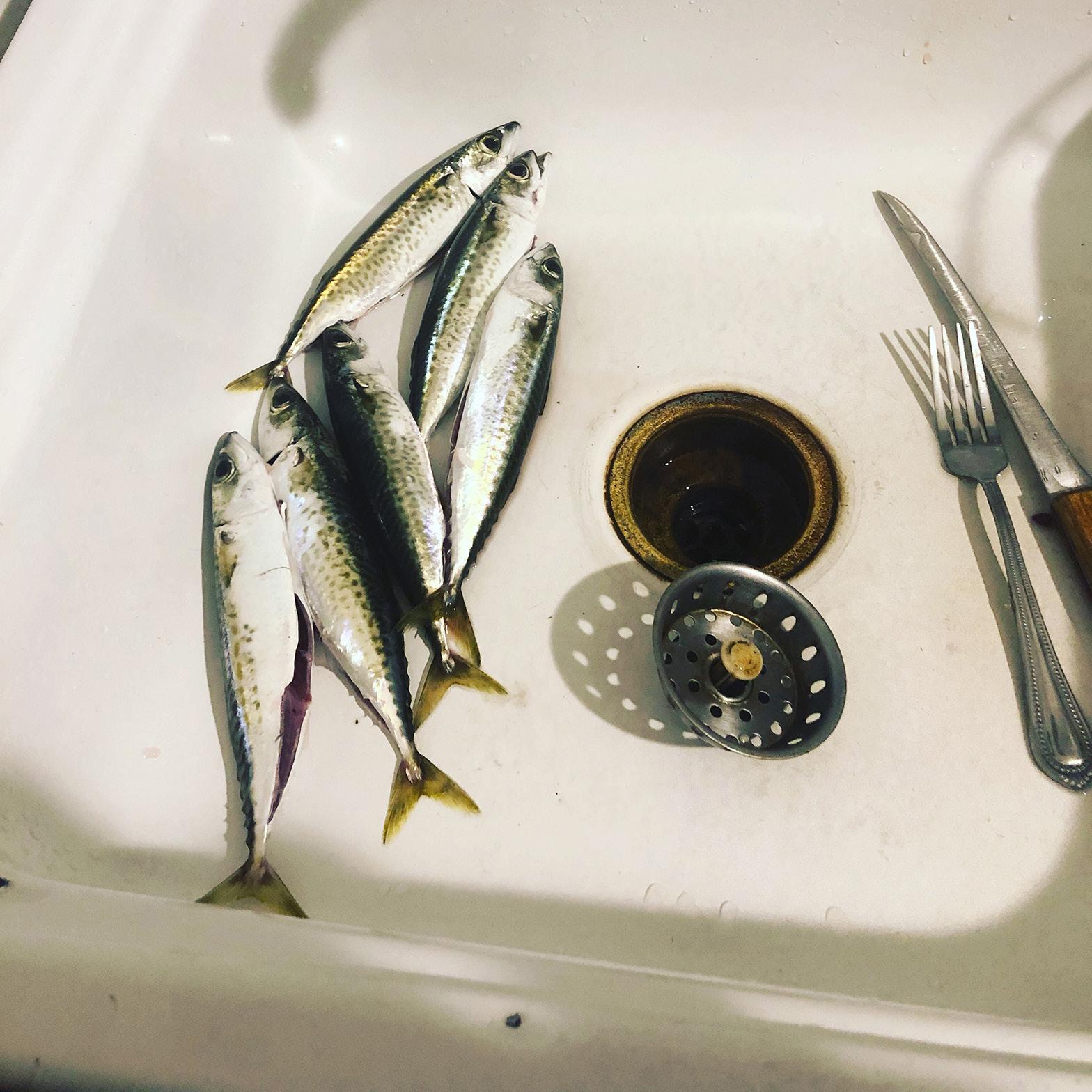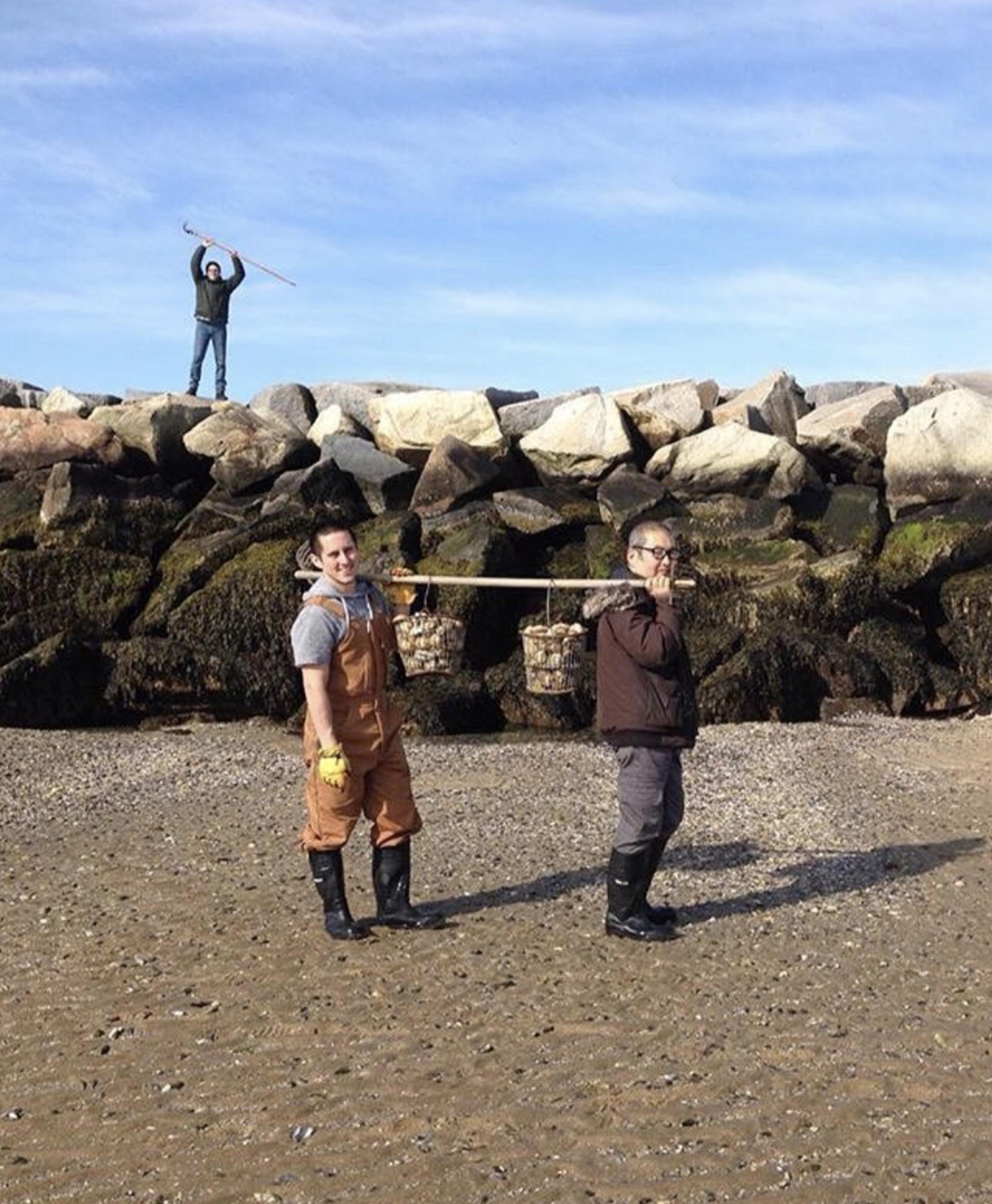JOY PRIEST PEARL STREET PICS FILM SERIES #1 Location: Stanley Kunitz Common Room Date: Wednesday, October 23, 2019 @ 8PM Free99 + skillet popped popcorn + BYOB
Alamar (2011), a languid, arthouse fishing drama set in Mexico from debut director Pedro Gonzalez-Rubio, 73 min.
During my first week here, I befriended my upstairs neighbor, another poetry fellow Kevin Fitchett and shortly after, a visual fellow, a word carver named Raul. We began to end up in short little adventures together, but mostly Kevin and Raul would fish and come back in the evenings with whatever they’d caught: mackerel, periwinkle sea snails, mussels. Maybe it was a combination of this seaside town, Kevin and Raul’s impulse to eat what they fished, and Kevin’s off-grid sensibilities that made me remember—like a forgotten song—this film Alamar, which I’d come across during an extremely lonely year of my life in Newark, NJ, my first year out of Kentucky (where we fish). I found the film to be strange, but mesmerizing, as I watched the film on my shitty laptop, day after day in my motel-room sized apartment. I wept over Blanquita—a special seabird in the film—against a background of perrenially-pissed New Jersey drivers blowing their horns without ceasing outside my window. I was mesmerized visually, which you’ll soon understand, because the film takes place in Banco Chinchorro, a place off the coast of the Southeastern most point of Mexico. If there was no such thing as borders or nations, you might consider this place to be more akin to what you find in the Caribbean. It’s very close to Belize and about as far from the Cayman Islands or Cuba and Jamaica as we are from NYC or DC. The water there looks like the water we see on destination cruise commercials, except it’s remote and unmolested by the tourist. I was also mesmerized by the way the film eludes traditional structure and genre. Maybe a true story, maybe not. Maybe a documentary, maybe a drama in which real people play themselves. We’re never very sure about any of this, and this disorientation lends to a feeling of living “to the sea” (one translation of alamar), of living unattached to any Western systems of production that dictate the routine a person must follow each day or what a film must do. Here loitering is delightful,* and work is relaxing and fulfilling. But this is not to say that the film is about living in “paradise” or that it is set in one, as the British film reviewer Peter Bradshaw mistakenly writes for the Guardian. The utopia that tourists seek is not here. The concept of paradise, which requires someone’s invisibility and subjectification in exchange for another’s unconditional pleasure, is not what the director is after. Here the camera 11





